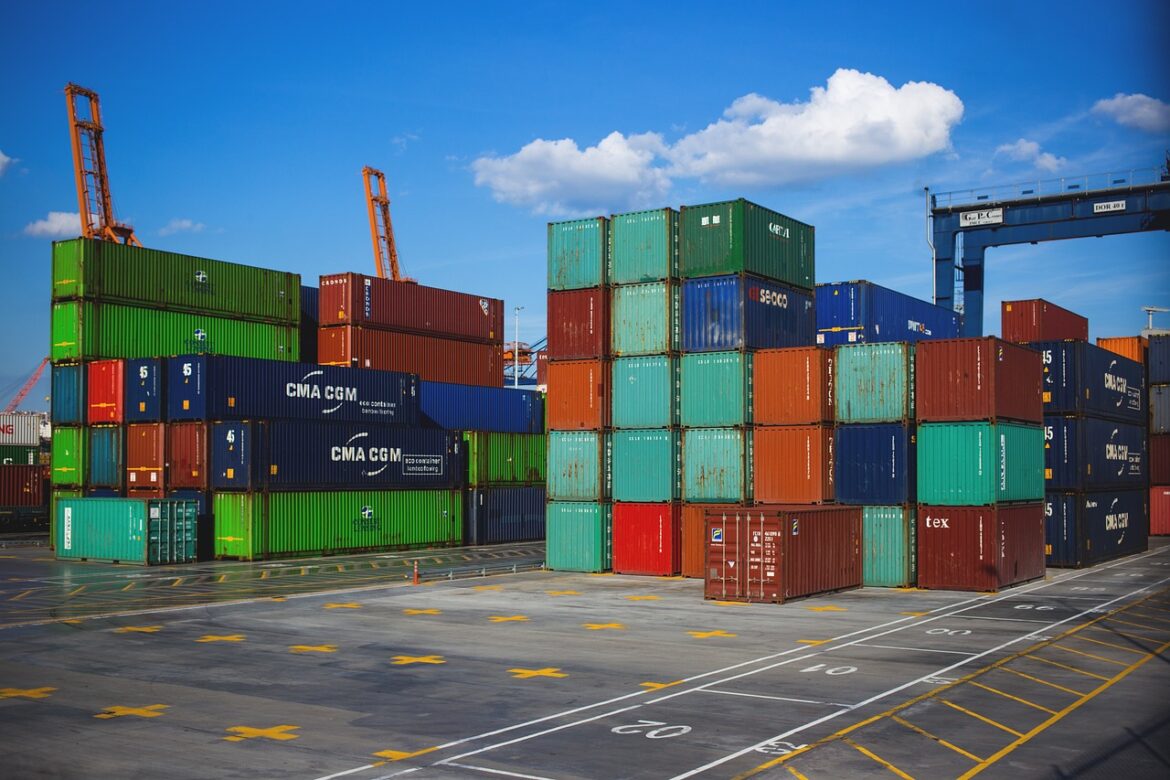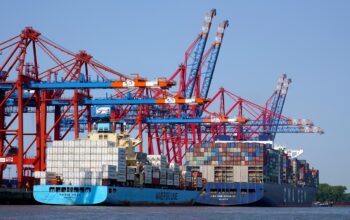Supply chains in 2025 are facing a perfect storm of change — from shifting manufacturing locations to technology leaps and rising geopolitical tensions.
The Nearshoring Surge: Bringing Manufacturing Home Trade wars, tariffs, and unpredictable disruptions have many U.S. companies eyeing nearshoring as a lifeline. Moving production closer—especially to Mexico—helps cut shipping times, dodge tariffs, and reduce risk. It’s like choosing a more reliable neighbor over a far-flung pen pal. For small to medium businesses, this shift is even more critical because they lack the capacity to absorb shocks like tariffs compared to giants. Plus, advances in automation mean nearshoring isn’t just about proximity; it’s about smarter, faster production too.
More Robots, More Reach: Automation Expands in Warehouses Automation isn’t just for the giants anymore. Mid-market warehouses are jumping on the bandwagon with customized robotics and smart systems becoming affordable and practical. Think of it as giving workers high-tech co-pilots that handle repetitive tasks, boosting efficiency without the complexity exclusive to big players. This trend is making supply chains more responsive and cost-effective, helping companies keep pace with demanding customer expectations.
Geopolitical Tensions: Supply Chains Under Siege What used to be purely operational webs are increasingly battlefields of geopolitical conflict. With cyberattacks targeting ports, payment platforms, and digital infrastructure, supply chains are caught in the crossfire of state-level conflicts. This means a single security slip—like a misconfigured device or outdated credential—can cause widespread disruptions. Manufacturers now think of supply chain resilience and cybersecurity as inseparable partners.
Facing the Risks: Boards Wake Up to Supply Chain Vulnerabilities Operational details have become strategic risk frontiers. Issues like China’s export bans on critical materials disrupt sectors from electric vehicles to defense. Companies are diversifying supplier bases, adopting a “China+1” strategy, and regionalizing production to navigate these uncertain waters. Boards are challenging themselves with hard questions: How vulnerable is our supply chain to politics and weather? What contingency plans are in place?
Digital Transformation: The Backbone of Future Supply Chains Digital platforms now drive supply chain visibility and efficiency. Tools offering real-time shipment tracking, AI-powered predictive analytics, and robotic process automation are becoming industry staples. This tech transformation helps companies anticipate snarls before they happen, responding to shifting market demands swiftly.
In Summary Manufacturers and logistics players in 2025 are juggling three major forces:
- Nearshoring to reduce risk and ramp up resilience
- Automation to drive efficiency and meet customer demands
- Geopolitical risk management to safeguard operations against growing cyber and trade conflicts
Think of supply chain management in 2025 like piloting a ship through stormy seas—it’s about having the right crew (technology), a reliable route (nearshoring), and defenses against pirates (cybersecurity and geopolitical strategy). Companies that adapt quickly will steer a steady course in uncertain waters.
Experts weigh in: Industry leaders highlight that diversifying supply and ramping up automation are no longer optional but necessary moves. The days of optimized-for-cost supply chains are fading; resilience, flexibility, and visibility take center stage to keep the global economy moving.
This evolving landscape signals exciting opportunities for innovation alongside new challenges, making 2025 a pivotal year for supply chain transformation in manufacturing.
References:
- https://theloadstar.com/navigating-supply-chain-trends-in-2025-efficiency-visibility-and-adaptability/
- https://www.ismworld.org/supply-management-news-and-reports/news-publications/inside-supply-management-magazine/blog/2025/2025-05/ism-supply-chain-planning-forecast-sharp-turn-in-sentiment/
- https://3scsolution.com/insight/supply-chain-management-trends
- https://www.paloaltonetworks.co.uk/perspectives/supply-chain-chaos-in-2025-how-geopolitics-are-rewriting-the-rules/
- https://www.inboundlogistics.com/articles/will-more-u-s-companies-turn-to-nearshoring-to-diversify-supply-chains-in-the-next-five-years/
- https://ceinterim.com/10-critical-supply-chain-risks/
- https://www.businesswire.com/news/home/20250518154386/en/Phillips-66-Issues-Letter-to-Shareholders
- https://www.freightamigo.com/blog/navigating-the-future-key-trends-shaping-global-logistics-in-2025/



